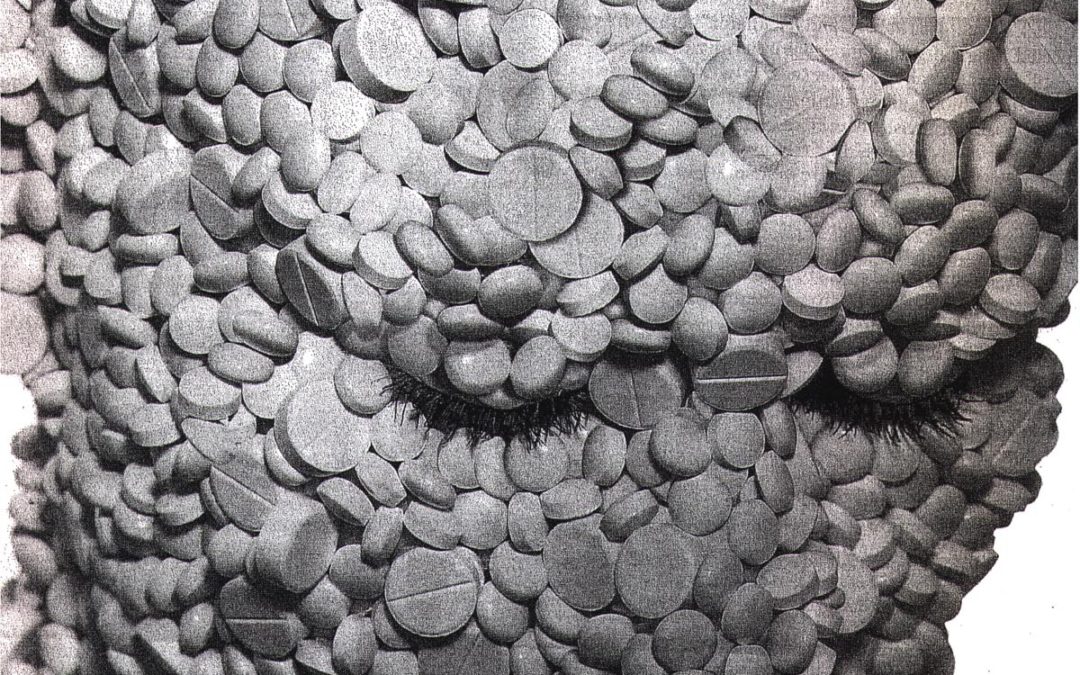These Have Caused Three Times As Many Deaths Than 20 Years of the Vietnam War– Just In the Last 15 Years
Over the last 15 years we have seen a dramatic increase in opioid-related drug abuse and overdose-related deaths. Americans, constituting only 4.6% of the world’s population, have been consuming 80% of the global opioid supply, and 99% of the global hydrocodone supply, as well as two thirds of the world’s illegal drugs. The more common prescribed, legal opioids include Methadone, Oxycodone (such as OxyContin®) and Hydrocodone (such as Vicodin®). Other prescription opioids include codeine, morphine and fentanyl. Illegal opioid “street versions” include heroin, which account for half as many overdose deaths as their legal counterparts. Deaths due to opioid-related overdose have quadrupled in the last 15 years reaching 28,647 fatalities in 2014. This equates to 78 people per day, or more than 3 deaths per hour.
The Centers for Disease Control (CDC) has referred to this crushing problem as an epidemic, and has made a call to action to change how we address chronic pain from the use of narcotic opioids to non-pharmacological approaches. In March, 2016 the CDC released new guidelines to reduce the use of opioids to treat chronic pain. These new guidelines encourage health care providers to utilize non-pharmacological and non-addictive conservative alternatives as well as behavioral changes to address the chronic pain epidemic.
Natural Solutions For Chronic Pain and Our Painkiller Epidemic
Chiropractors offer a vast array of options that are in-line with these new guidelines in dealing with chronic pain including, but not limited to chiropractic adjustments, acupuncture, deep tissue laser therapy, therapeutic ultrasound, spinal decompression, neuromuscular reeducation including specific stretching, strengthening and core stabilization therapeutic exercises, nutritional therapy and myofascial release. Chiropractic care has been documented to be effective in dealing with both acute and chronic neuro-musculoskeletal pain, at comparably reduced costs compared to traditional medical care.
In a recent health survey conducted by the National Center for Health Statistics looking at the proportions of chronic medical conditions, the musculoskeletal category was by far the largest at 54 percent. Approximately 116 million Americans experience chronic pain (Source: Institute of Medicine). This is compared to 23.6 million people who suffer from diabetes (Source: American Diabetes Association), 23.3 million people who suffer from coronary heart disease and stroke (Source: American Heart Association), and 11.7 million people who suffer from cancer (Source: American Cancer Society). When asked about four common types of pain, respondents indicated that low back pain was the most common (27%), followed by severe headache or migraine pain (15%), neck pain (15%) and facial ache or pain (4%). Many of the individuals with these conditions could benefit from chiropractic care but are routinely prescribed opioid narcotics.
Recent studies have also shown that patients have a higher level of satisfaction in the care they receive from a chiropractor compared to other health care providers for these acute and chronic musculoskeletal conditions.
Multiple studies have also shown that chiropractic care has better clinical outcomes for musculoskeletal conditions compared to traditional medical care. “Acute and chronic chiropractic patients experienced better outcomes in pain, functional disability, and patient satisfaction; clinically important differences in pain and disability improvement were found for chronic patients.” An evidenced-based report published by Duke University revealed “For neck pain and headaches, cervical spine manipulation was associated with significant improvement in headache outcomes in trials involving patients with neck pain and/or neck dysfunction and headache.”
Chiropractic care has also been shown to be cost-effective when compared to traditional medical care. One study analyzed data from 85,000 Blue Cross/Blue Shield beneficiaries in Tennessee who received care for low back pain. Those who received care from a chiropractor had 40 percent less health care costs compared to those who received care from a medical doctor.
Chiropractic care has also been shown to reduce the likelihood of spinal surgery which in turn reduces overall healthcare cost, improved patient outcome and satisfaction. A recent study in Spine looked at workers with low back injuries. Those workers who initially consulted a chiropractor had a 1.5% occurrence of spinal surgery compared to workers who initially consulted a surgeon had a 42.7% likelihood of surgery.



Recent Comments